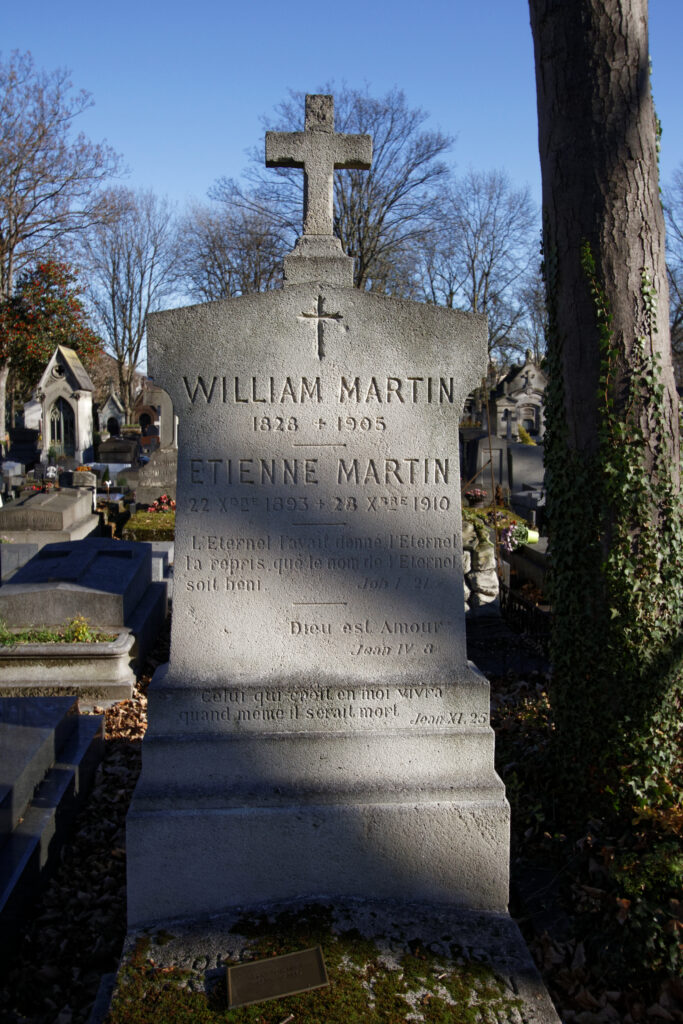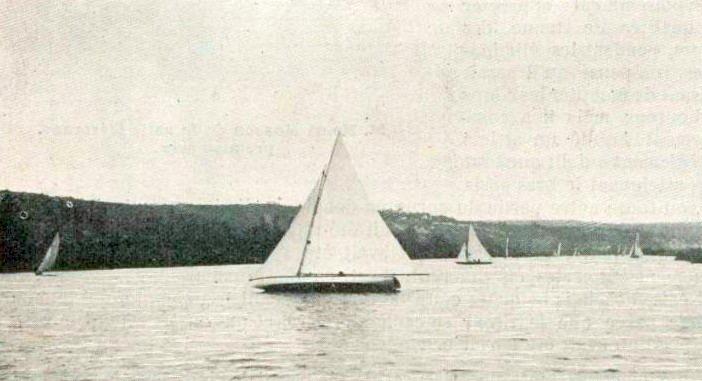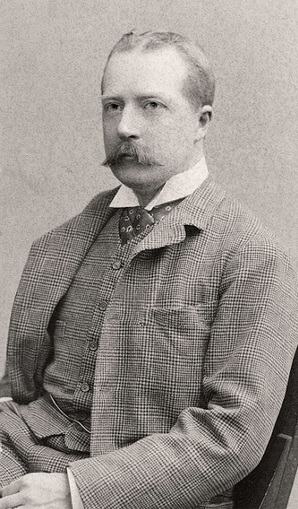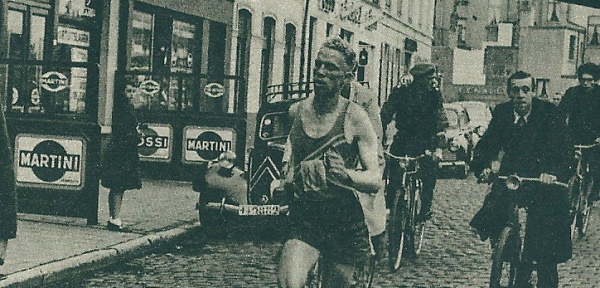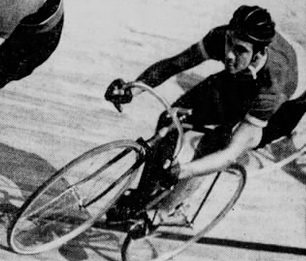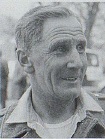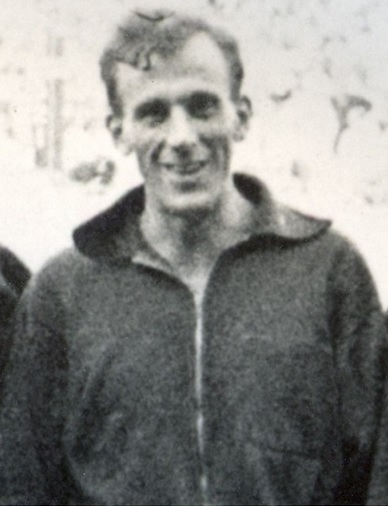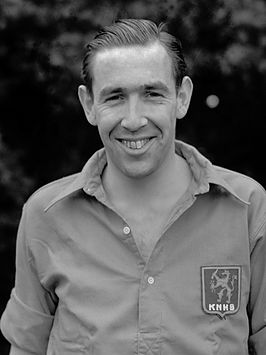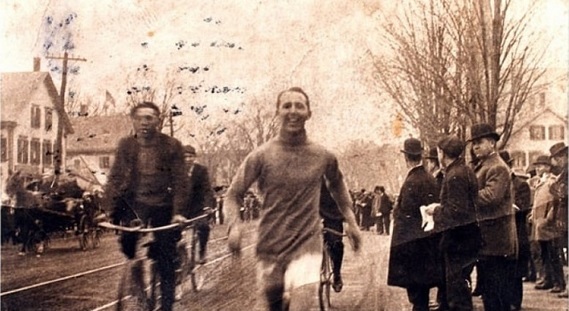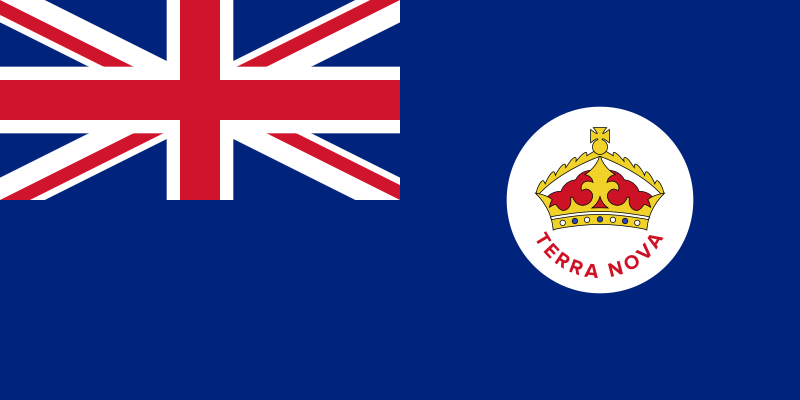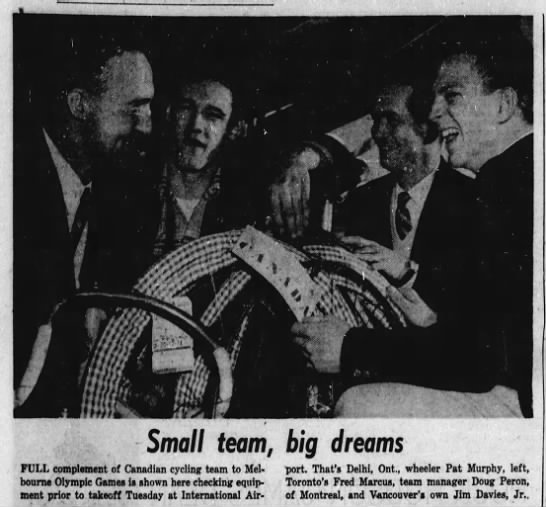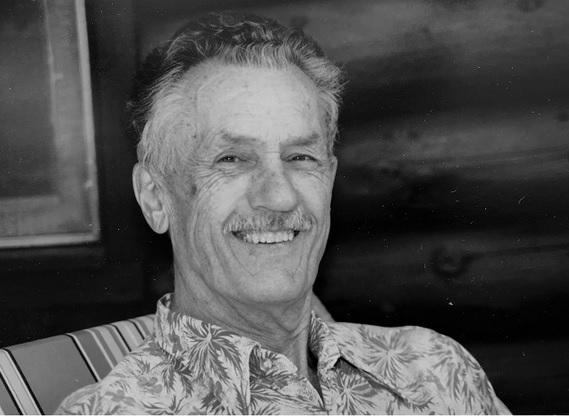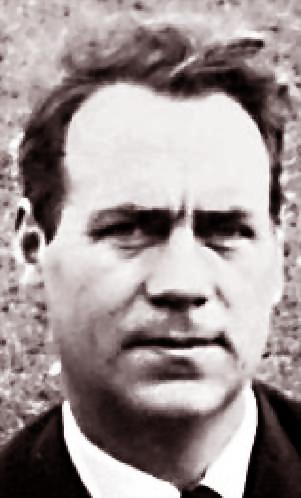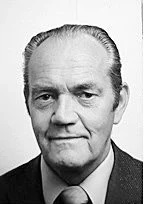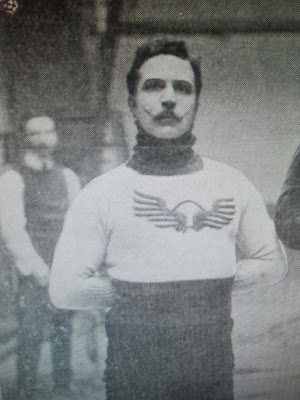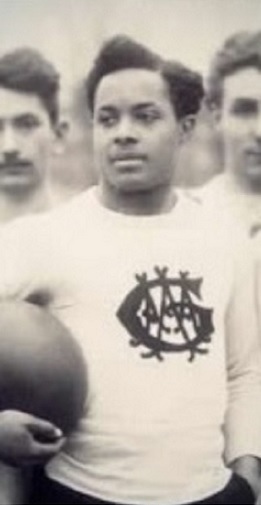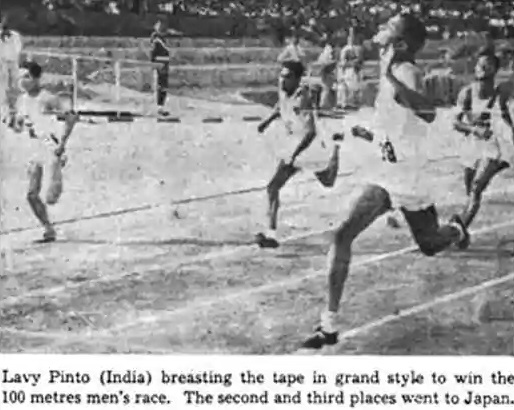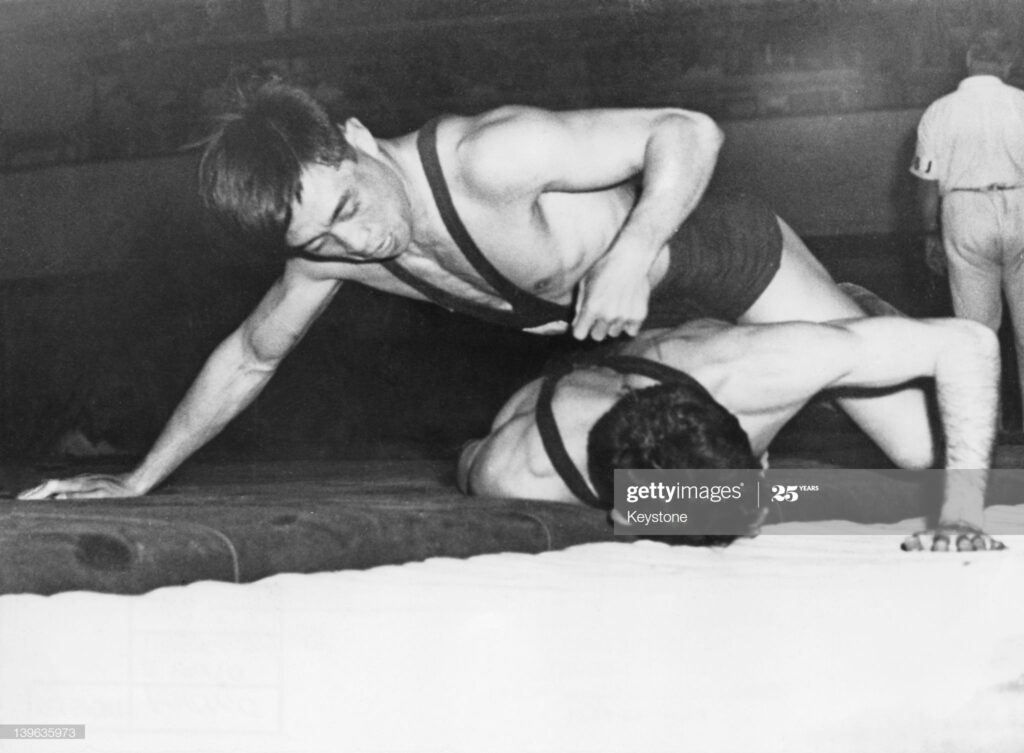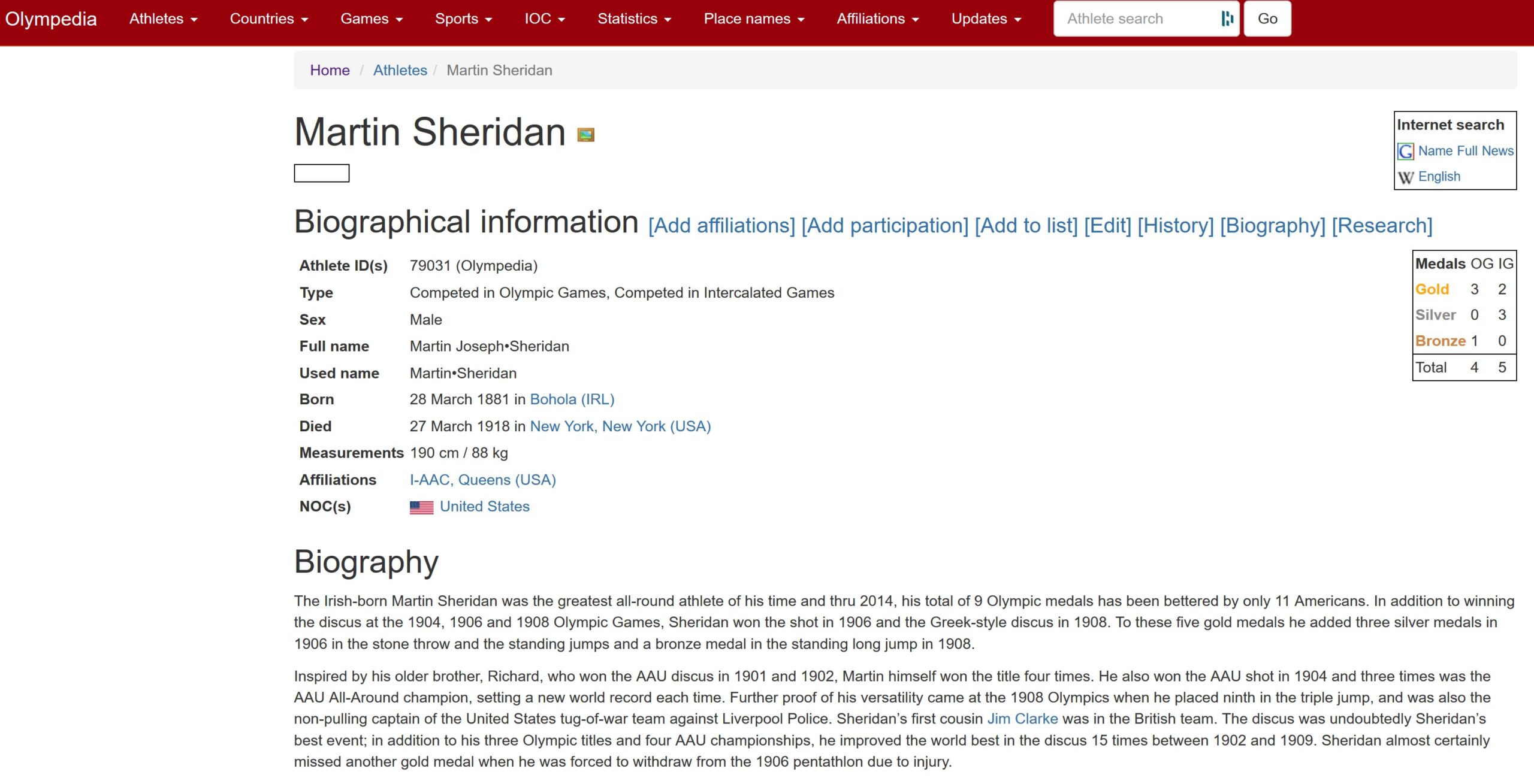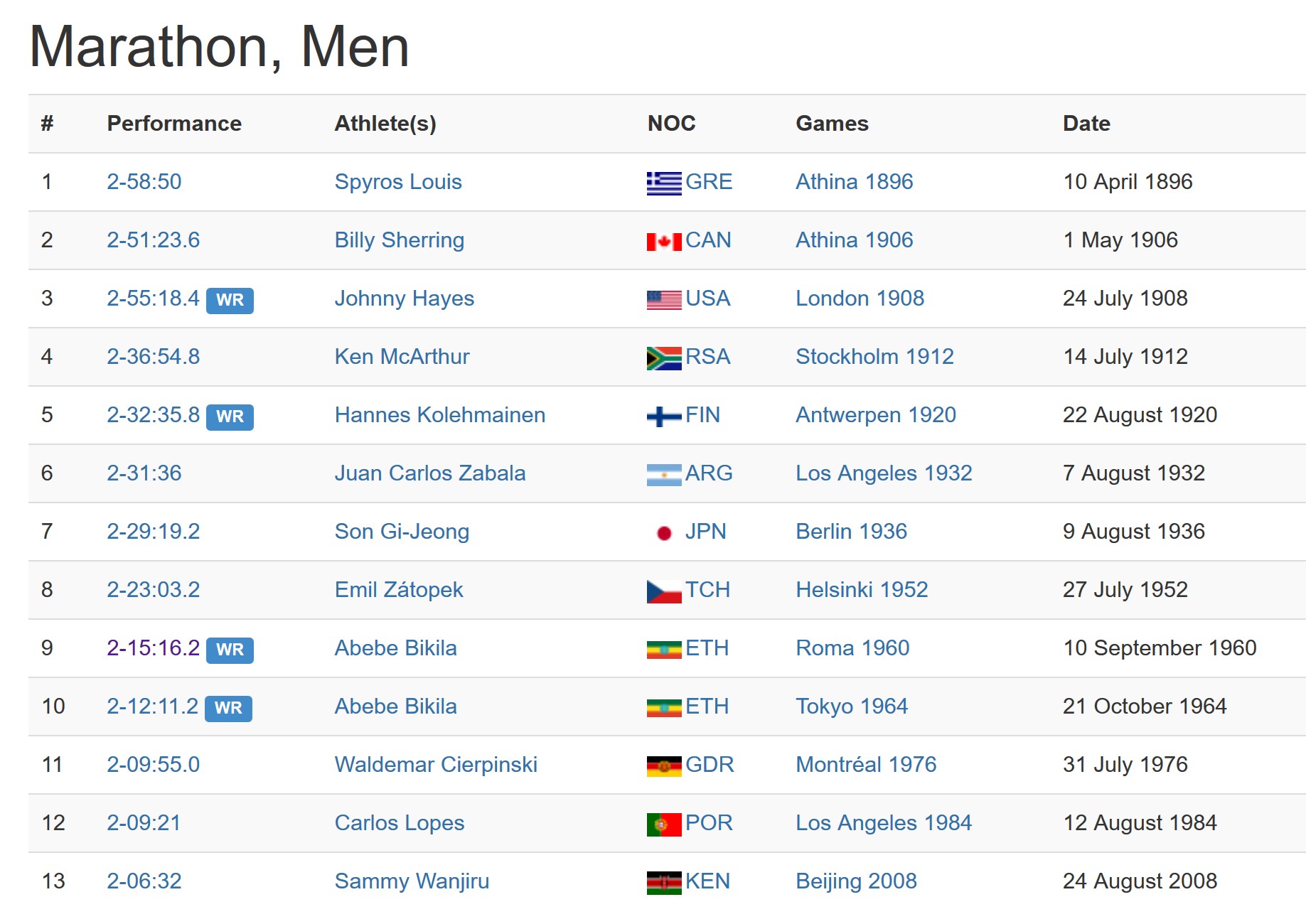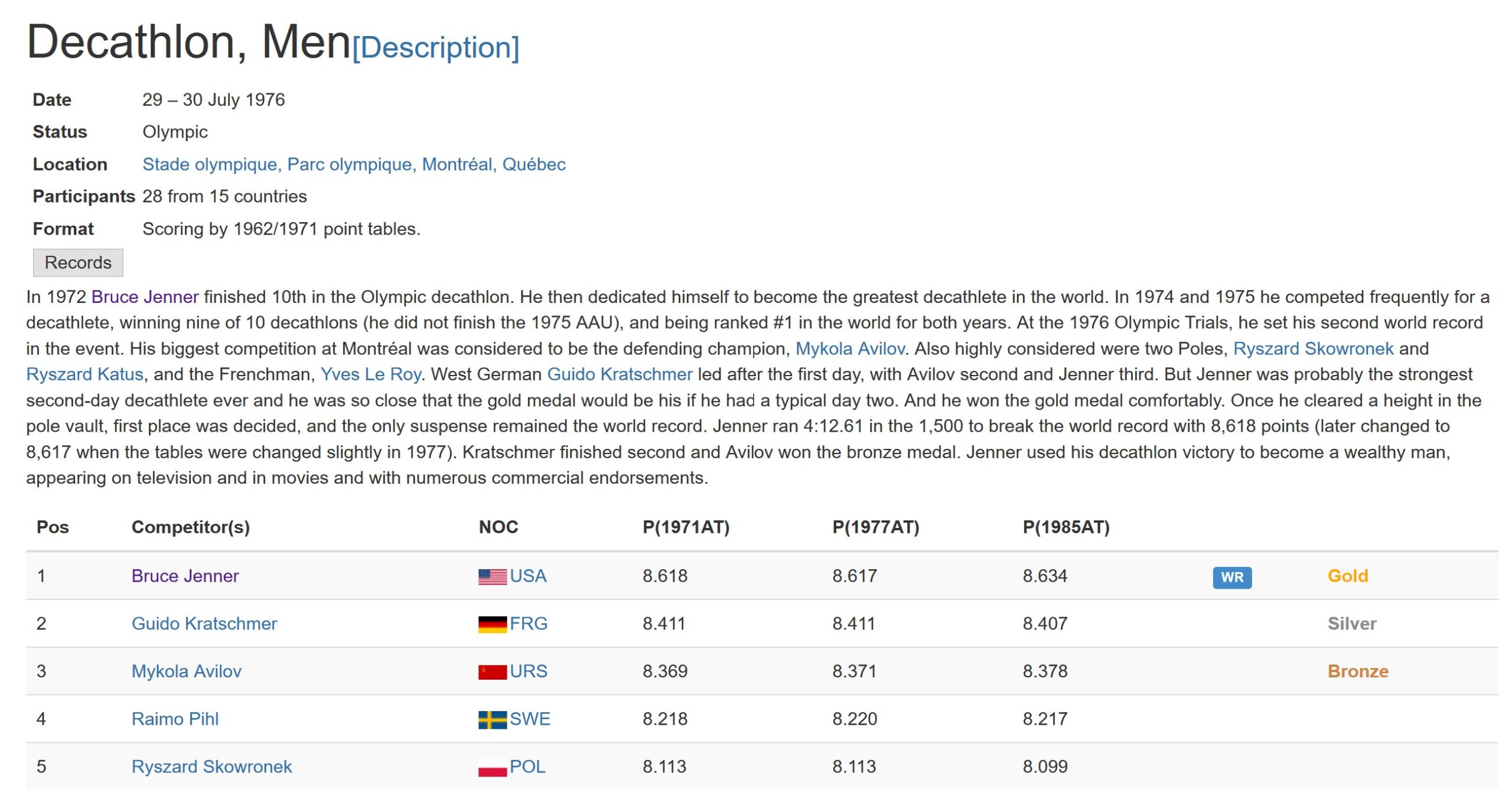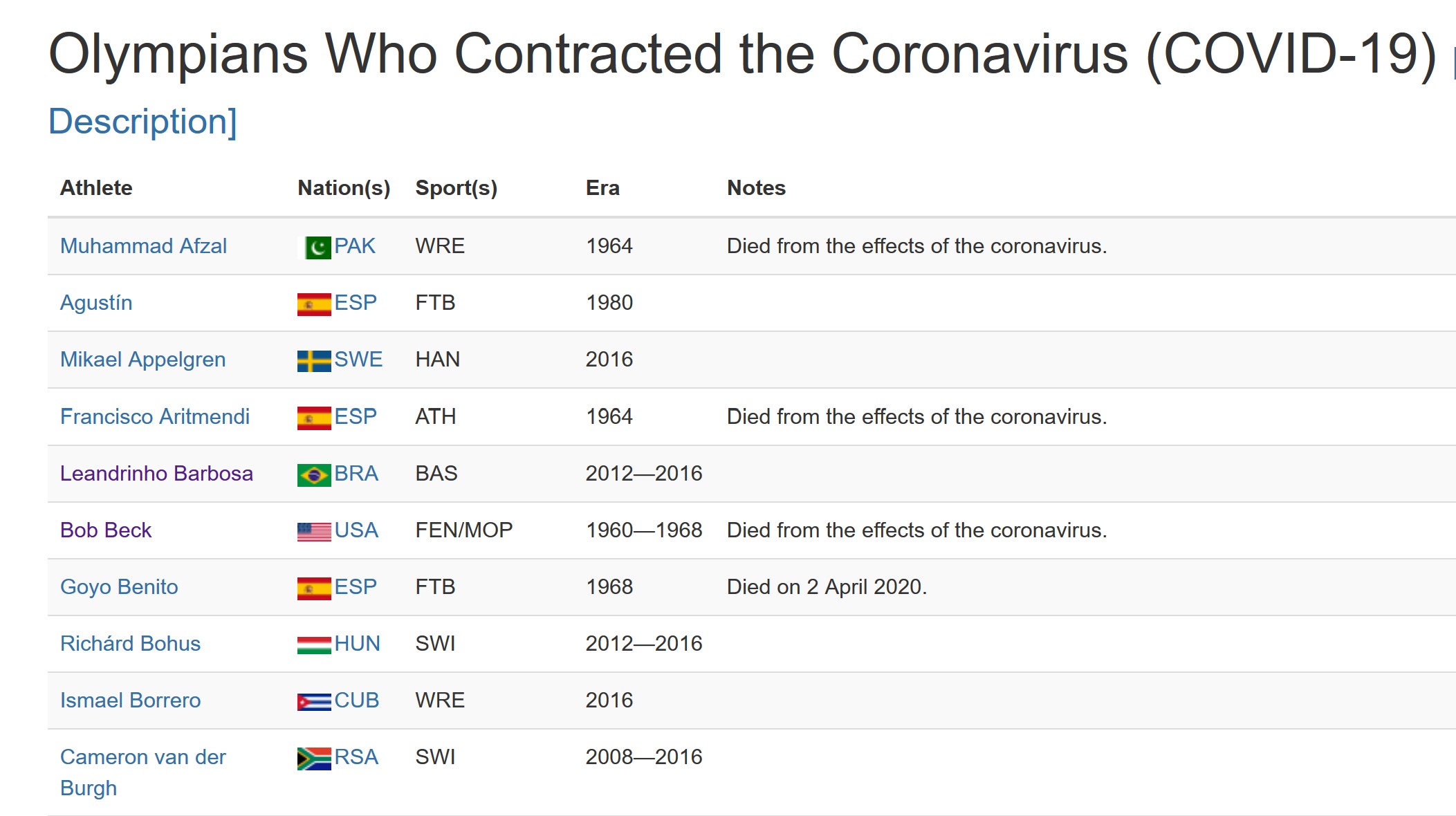As we continue to catch up on our blog posts, we wanted to draw quick attention to a new discovery regarding the case of Leonie Taylor, an American archer who competed at the 1904 St. Louis Olympics, and the way it changes our understanding of the history of the Oldest Olympians.
Taylor, born in March 1870, represented the United States in three events at the 1904 Olympic archery tournament. A member of her hometown Cincinnati Archers, she was sixth and last in both the Double Columbia and Double National Rounds, but came in first in the team round – an event of questionable (although official) Olympic status, since one squad entered. Leonie’s sister Mabel also competed in the individual competitions, although not the team one.
For a long time, Olympedia had a date of death for Leonie as July 3, 1966, which would have made her the oldest living Olympic champion for nearly four years, as well as the oldest living Olympian for one and half. While searching for her complete date of birth, however, we at Oldest Olympians discovered that she had actually died March 9, 1936, nearly 30 years earlier than believed previously.
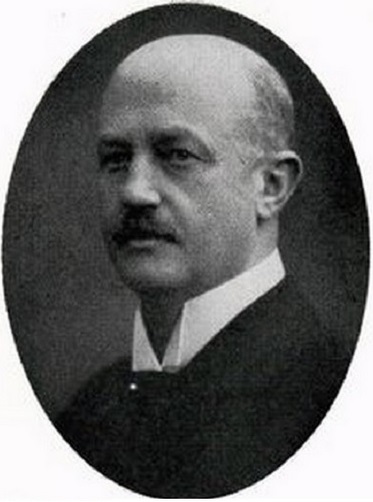
(Carl Hellström)
In terms of the list of historical oldest living Olympians, this did not change our tables much, as it simply meant that Charlotte Cooper, who was believed to be Taylor’s successor in the title, simply held it for longer than believed previously. At first, we thought there would just be a minor change in the champions list as well, since Cooper was a two-time tennis gold medalist. Our list had originally gone back only one champion further, to sailing gold medalist Carl Hellström of Sweden, born December 10, 1864.
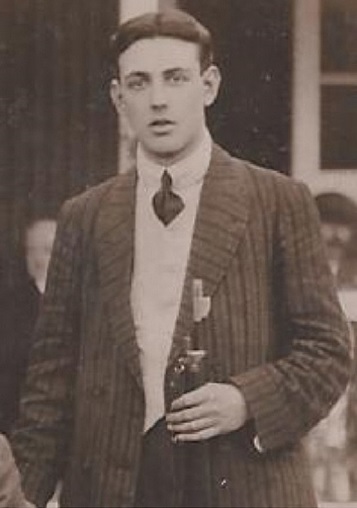
(William Pimm)
When we looked at Olympedia’s data, however, we realized that we had an interesting situation. New information had been found on two-time sport shooting champion William Pimm that informed us that he had died on July 18, 1952. This confirmed his status as Hellström’s predecessor on the list but, since Pimm had been born on December 10, 1864, this meant that they had held the record jointly for a year and a half!
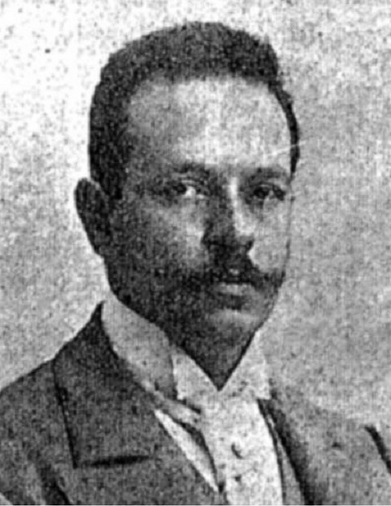
(Georgios Orfanidis)
Thus, to get the point of this long story, we were able to expand the table back to another two-time sport shooting Olympic champion, Georgios Orfanidis of Greek, who was born in 1859 and died in 1942. Even without exact dates for his birth and death, he was the oldest living Olympic champion regardless of when he died in 1942 and, because Canadian golf champion George Lyon was older and died May 11, 1938, we know that Orfanidis cannot have been the oldest living Olympic champion prior to this date. Triple Olympic archery champion Lida Howell of the United States, however, died December 20, 1938, having been born August 29, 1859. Thus if Orfanidis’ date of birth was August 30 or later, Howell would have been the oldest living Olympic champion between Lyon and Orfanidis.
That was a lot to take in, so we will leave it at that and invite you to check out our list of the historical oldest living Olympic champion here: http://acsweb.ucsd.edu/~ptchir/champions.html. Our list of historical oldest living Olympian overall can be found here: http://acsweb.ucsd.edu/~ptchir/historical.html.
